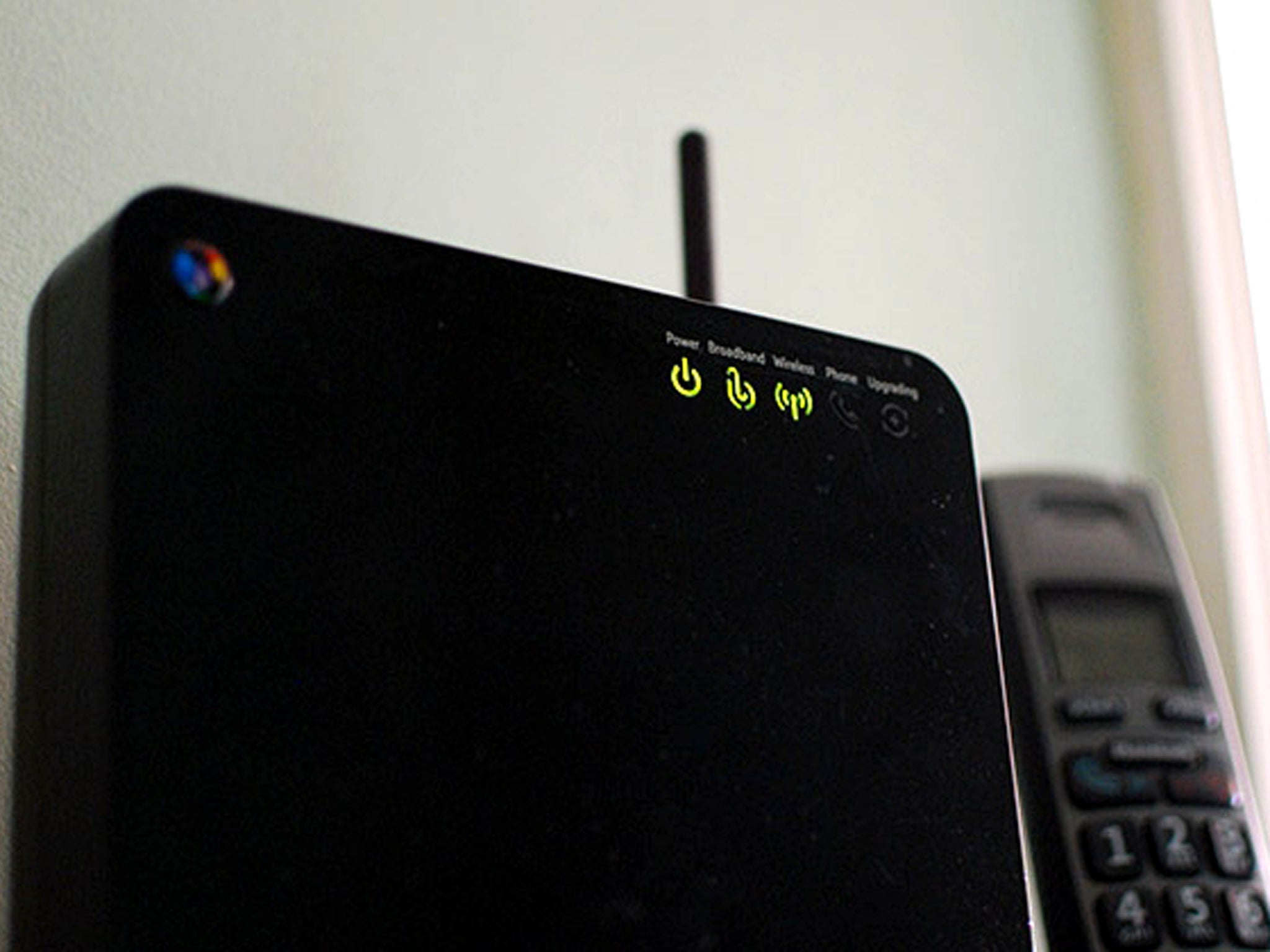The Independent's journalism is supported by our readers. When you purchase through links on our site, we may earn commission.
Slow broadband: ‘Big gap’ between claimed speeds and actual speeds, says new report
The findings raise questions 'on whether people across the country are really getting the service they are paying for', says Which?

Your support helps us to tell the story
From reproductive rights to climate change to Big Tech, The Independent is on the ground when the story is developing. Whether it's investigating the financials of Elon Musk's pro-Trump PAC or producing our latest documentary, 'The A Word', which shines a light on the American women fighting for reproductive rights, we know how important it is to parse out the facts from the messaging.
At such a critical moment in US history, we need reporters on the ground. Your donation allows us to keep sending journalists to speak to both sides of the story.
The Independent is trusted by Americans across the entire political spectrum. And unlike many other quality news outlets, we choose not to lock Americans out of our reporting and analysis with paywalls. We believe quality journalism should be available to everyone, paid for by those who can afford it.
Your support makes all the difference.Some internet users are experiencing broadband speeds that are 62 per cent slower than providers claim they are, a new report says.
According to Which?, in 52 per cent of local authority areas, people are recording median speeds that are at least 10 per cent slower than the median speeds estimated by providers.
In 35 per cent of areas, median speeds recorded by users are at least 20 per cent slower than estimates.
Which? says it compared data taken from over 700,000 SpeedChecker internet speed tests carried out by consumers between January and March 2017, with data collected by Ofcom for its 2016 Connected Nations report.
It then worked out “the median download speeds” in each local authority area, for each of the two sets of data.
It found the biggest gap between user-recorded speeds and claimed speeds in Ashfield in Nottinghamshire, where test speeds were 62 per cent slower than estimates.
Which? says consumers using the speed checker recorded median speeds at least 10 per cent higher than those given by providers in 16 per cent of local authority areas.
“Our research has shown that in some areas there can be a big gap between what people may expect versus what they actually experience in their homes,” said Alex Neill, Which?’s managing director of home services.
“This gap raises questions on whether people across the country are really getting the service they are paying for.”
Researchers recently found that users can improve Wi-Fi signal with foil.
It can successfully direct wireless signals to where you need them most, and away from any areas where you don’t want a connection to be available.
However, you need to analyse the layout of your home first.
Join our commenting forum
Join thought-provoking conversations, follow other Independent readers and see their replies
Comments